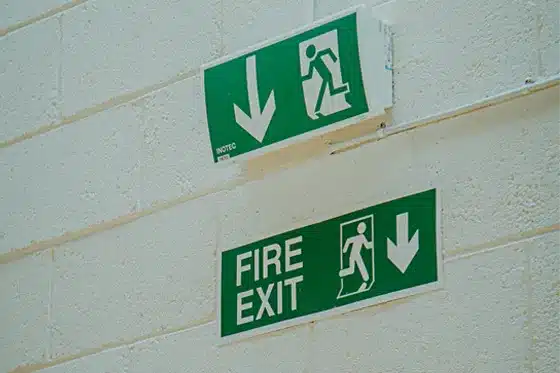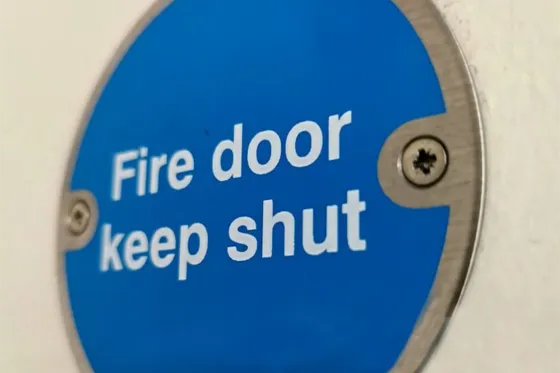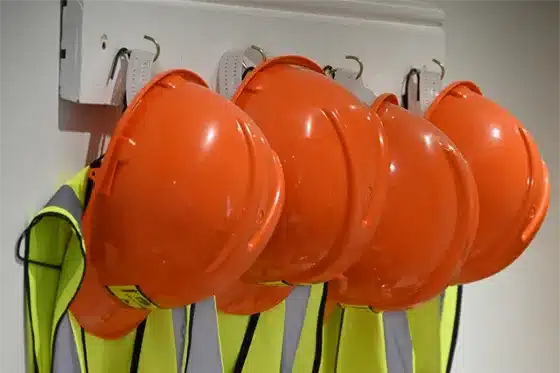Fire Stopping Surverys
What is a Fire Stopping Survey?
A fire stopping survey is an inspection conducted to identify and assess the passive fire protection measures within a building, specifically focusing on how fire-resistant barriers are maintained around service penetrations, voids, and joints (like those created for pipes, ducts, cables, etc.) in walls, floors, and ceilings.
The goal is to ensure that the building's compartmentation strategy is intact, which helps contain fire and smoke in the event of an incident.

Why is a Fire Stopping Survey important?
Fire stopping measures are designed to prevent the spread of fire and smoke within a building or structure. It is important to ensure that these measures are in place and functioning properly to protect against the risk of fire and to keep occupants safe in the event of a fire.
A Fire Stopping Survey helps to identify any weaknesses or deficiencies in the fire stopping measures, allowing for necessary repairs or improvements to be made.
Who Should Conduct a Fire Stopping Survey?
A Fire Stopping Survey should be conducted by a competent person or company with the appropriate qualifications, experience, and understanding of passive fire protection systems, construction methods, and relevant fire safety regulations.
To be considered competent, the person/company should have:
• An in-depth knowledge of compartmentation and fire-resisting construction
• Familiarity with current building regulations and fire safety legislation
• Experience identifying and evaluating penetrations, fire seals, ducts, cable trays, etc.
• The ability to produce clear reports with photographic evidence, location maps, and remedial recommendations


What is Included in a Fire Stopping Survey From Ignis Risk Management?
1. Visual Inspection
• Checks of walls, floors, ceilings, risers, and voids for fire-stopping breaches.
• Inspect all service penetrations (e.g., pipes, cables, ducts) to ensure proper fire stopping is in place.
• Identify unsealed or poorly sealed openings.
• Assess any existing fire stopping materials for damage, degradation, or non-compliance.
2. Photographic & Location Evidence
• Clear photos of each defect or concern.
• Recording of the exact locations (often with digital tagging or building layout mapping).
• Creation of a log of issues for future reference and remediation planning.
3. Recommendations for Remedial Action
• Provide specific guidance on how to repair or upgrade the identified issues.
• Include material specifications and installation standards (e.g., BS 476, EN 1366).
4. Final Report
• All of the above are provided in a detailed, easy-to-understand report that includes:
-
o Executive summary
o Photos and marked-up drawings
o Defect schedule
o Risk ratings (e.g., high, medium, low)
o Action plan for remediation
Ignis Risk Management are Here to Help
Enquire Today
Click the button below to contact Ignis Risk Management.